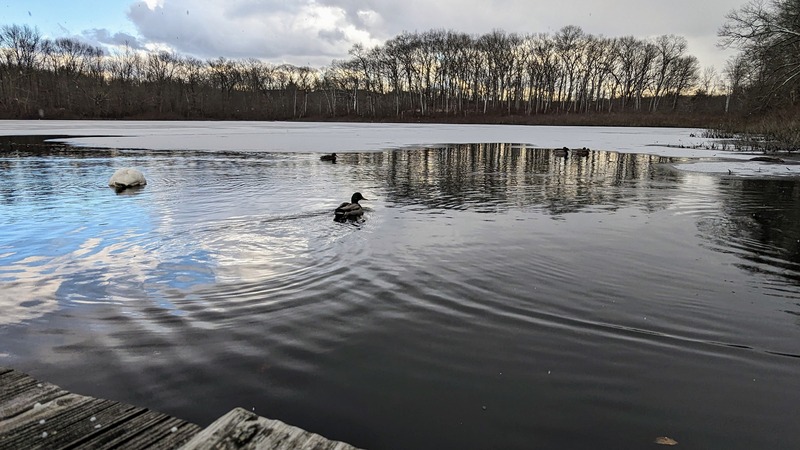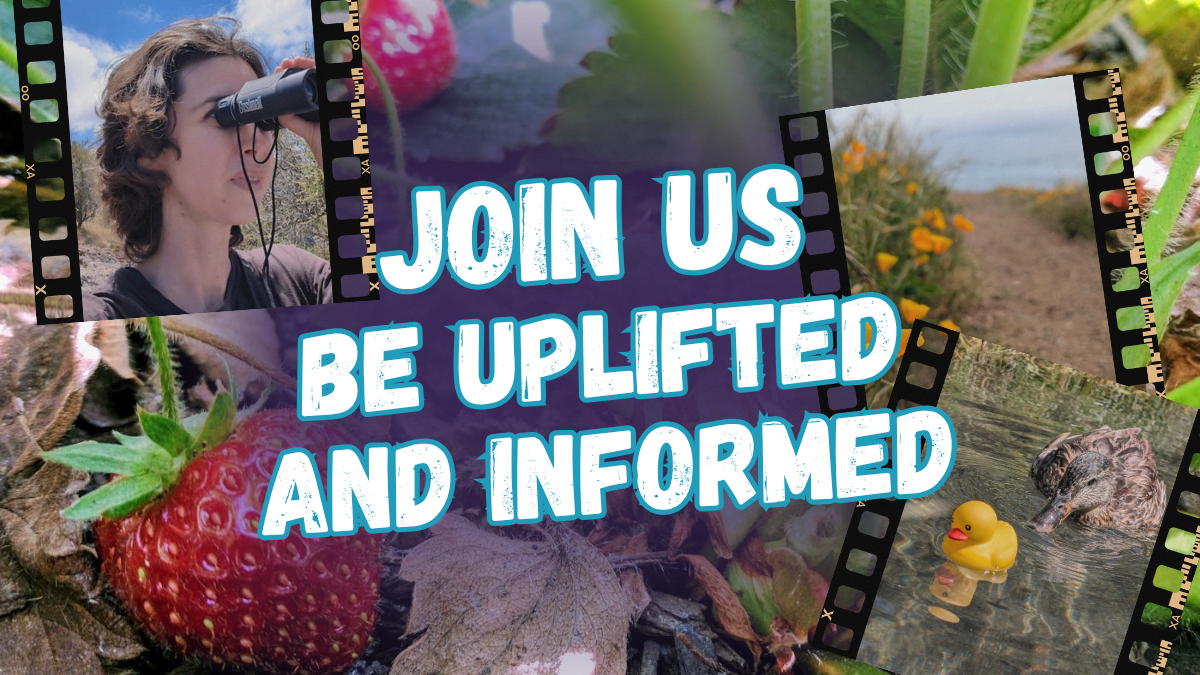I appreciate you! I also appreciate my partner, friends, family, clients, and Kokikai Aikido classmates. (Some of you are reading this, hello!) You give me a lot of love and support and I couldn’t do it without you.
I want to briefly express how heartbroken I am about the recent death of Nex Benedict, a 16-year-old non-binary teen in Oklahoma. They were bullied for months, and died the night after an altercation with bullies in a school bathroom. I am so sad and angry, for Nex, and their family.

I’ve been practicing telling a 5-minute story, since I attended a speaker training last fall with SpeakOUT Boston, the nation’s oldest LGBTQ+ speakers bureau conducting peer-led training programs since 1972.
I’m learning to tell a coming out story, to give audiences—schools, companies, community organizations, etc—a sense of what it’s like to be LGBTQ+. Yesterday, I attended another speaker training workshop and had the opportunity to share my story with a room full of LGBTQ+ folks. It was a lovely experience to share and to hear others’ stories.
I crafted my story to be one of trans joy. You can find many trans stories that inspire rage, frustration, and grief, but I believe it’s important to realize what’s possible when trans people are loved and supported. This is not the only story I could tell, but I hope I’ve chosen a beneficial one.






